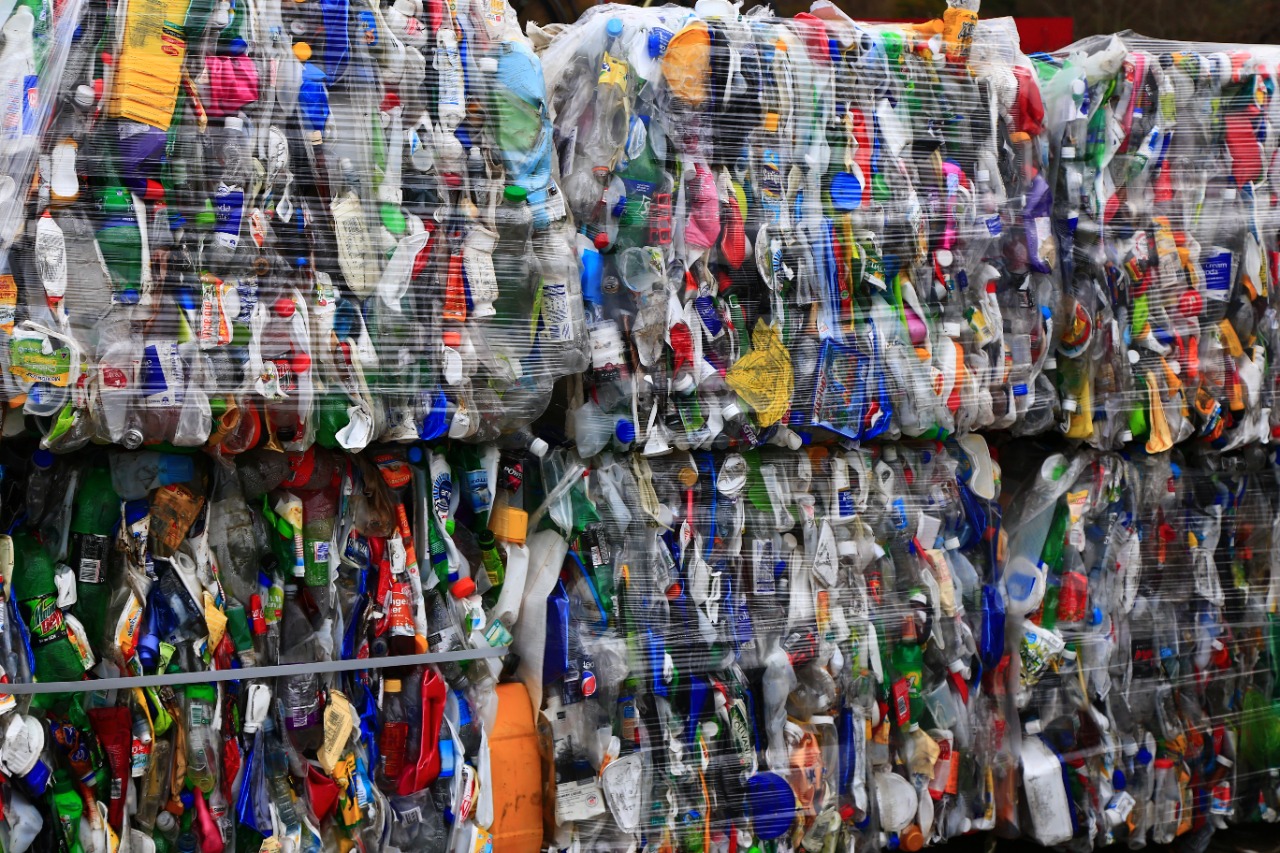From Pollution to Solution: Tackling Plastic Pollution
Issues of climate change and the consequences of negative impact on the environment remain relevant.
The KazakhExport EIC JSC joined the UN Global Compact in 2017, which is one of the leading global initiatives in the field of sustainable development. The KazakhExport carries out its activities based on the principles of transparency and ethics, guided by the principles of sustainable development and achieving a balance between socio-economic and environmental development. We strive to rationally use natural resources, thereby setting an example for all stakeholders.
Regulation of production
At the production level, the use of plastics can be reduced in the following ways:
- use alternative, recycled or biodegradable materials;
- improve product designs to reduce the amount of plastic, increase product life, repair and reuse;
- increase the processability of materials by limiting the amount of polymers, additives and mixtures;
- prohibit certain types of single-use plastic;
- evaluate the life cycle of the product and packaging - this helps to identify ways to improve the environmental parameters of products at different stages of its use.
Creation of ecological design includes the following:
- packaging of goods with the possibility of its reuse and processing;
- the use of less energy-intensive materials;
- development of effective configurations for convenient delivery, that is, you need to come up with a form of the product that will allow you to transport as many units of goods as possible in one transportation.

Reduce plastic consumption
Reducing the consumption of plastics is beneficial but sometimes difficult to achieve due to unsafe food storage and lack of convenience. However, it is possible to avoid unnecessary packaging (e.g. double packaging) or choose sustainable alternatives.
Growing demand for plastic-free products will in turn force companies to redesign their products.
Increase public awareness
Increasing consumer awareness of the impact of their choices on the environment is a long-term strategy. It can be achieved through formal education: in schools, universities, or informal education - news, videos. Interest in environmental issues is growing and is supported by free online courses, lectures and events, and thematic mobile applications.
Extended producer responsibility for waste
Companies must strive to reduce waste and be held accountable for the waste generated by their products under Extended Producer Responsibility. It consists in compliance with recycling standards, signing contracts with processors and paying an environmental fee.
It is recommended to stimulate producer responsibility with subsidies to processors and companies that use recycled materials and by awarding bonuses.
Improvement of the waste collection and disposal system
Waste management is based on the 4R concept: refuse, reduce, reuse, recycle. While reduction and reuse is a priority, this is difficult to achieve with packaging. It requires restoration, sorting and refilling. This is unacceptable for the food industry, but such material can be used for packaging non-food products.
Thus, waste should be recycled and reused as a raw material or for energy production. Only final waste, such as ash, needs to be landfilled. To control these processes, it is necessary to develop an integrated waste management system.
Waste treatment
Plastic recycling is a complex process that includes the following steps:
- waste collection by consumers;
- separation of recyclable materials and removal of pollutants;
- sorting by polymer and color;
- obtaining granules from each polymer and color;
- sale of pellets to manufacturing companies.
Recycling uncontaminated materials gives high quality plastics. At the same time, when processing contaminated waste, low-quality plastic is obtained, it can be used in building materials, textiles. Ideally, recycled plastics should be used for a long time. They can be included in asphalt, concrete to improve their properties.
E-waste recycling
E-waste contains a mixture of materials. Recycling of e-waste begins with the disassembly of devices and the separation of metals from plastics, then the components are sorted. Recycling of plastics is complicated by pollutants: paint, brominated elements.
Replacing plastic with biodegradable materials, redesigning electronics to reduce the amount of polymers will reduce the environmental impact of e-waste.
Few e-waste plastics are now recyclable, but most of them can be used to generate energy.

Conclusions and recommendations
Short term measures:
Regulation of plastic production by bans or taxes on plastic products that are harmful to the environment.
Reduce plastic consumption by removing unnecessary packaging, labeling, raising awareness and providing environmentally friendly alternatives.
Increasing demand for recycled plastics through incentives or taxes on virgin plastics.
Medium-term measures:
Implementation of waste collection systems that will lead to their reduction.
Converting waste into energy.
Reduction and recycling of waste generated during the production process.
Long term measures:
The use of renewable energy in the collection and processing of waste.
Implementation of a life cycle assessment of each product to improve ecodesign.
Use of biodegradable plastic in cases where composting is beneficial.
Improving the recycling of e-waste.
Since plastic marine litter knows no borders, international cooperation is required to improve waste management systems in all countries, or at least coastal ones. As the concentration of plastic in the oceans stabilizes, it can be removed from the environment, sending it for recycling.










